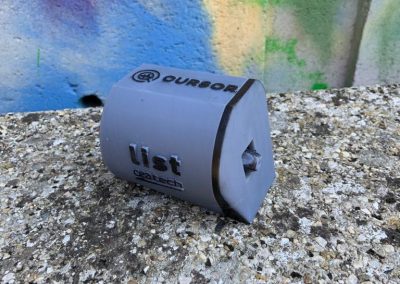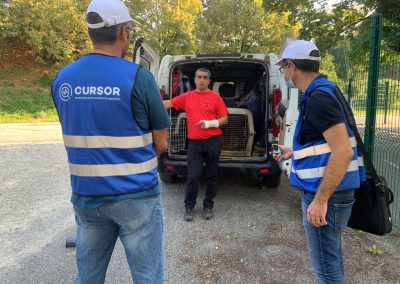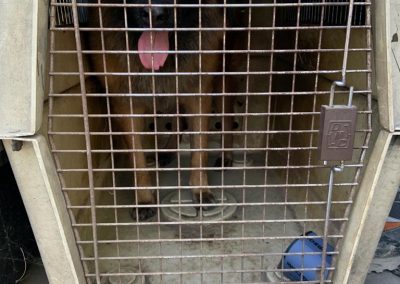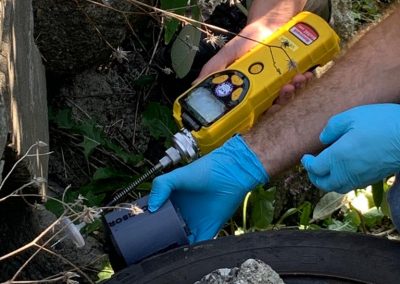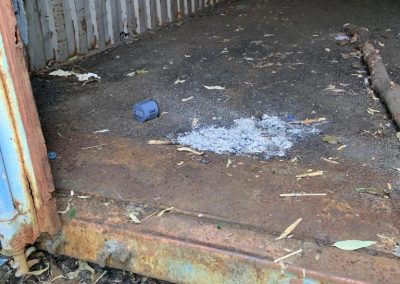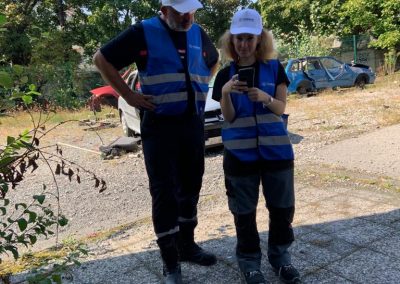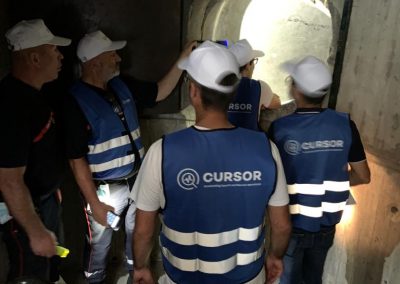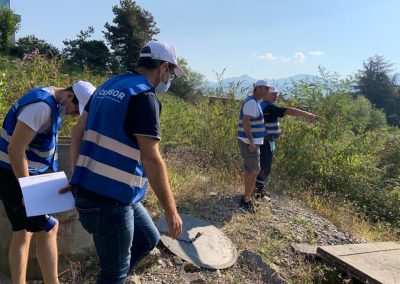First small scale field test for SNIFFER, 16- 17 September 2020, Chambéry, France
On September 16- 17 September 2020 the project carried out the first small scale field test for ‘SNIFFER’ in Chambéry, France. The test was organised by EPLFM and hosted by SDIS73, with the participation of CEA-LIST (from the Commissariat à l’Energie Atomique, Saclay).
As part of the soft miniaturised underground robotic finder (SMURF), SNIFFER is a sensing module developed both by the University of Manchester (UNIMAN) and CEA-LIST, aiming at detecting human victims trapped under rubble piles following a building collapse e.g. after an earthquake. The module includes commercial CO2 and volatile organic compounds (VOCs) sensors, along with a specifically developed VOCs sensor array relying on the use of odorant binding proteins. The latter will ultimately allow discriminating between alive and deceased victims in order to prioritise search and rescue operations.
This was the first time that SNIFFER was assessed outside laboratory conditions. The field test was a great success: a lot of data were collected by CEA-LIST and the sensors were able to detect the human presence in a number of scenarios, in particular in the presence of smoke, high levels of humidity (rain), and in contained locations made of different materials (wood, concrete, etc.). SNIFFER was also able to distinguish a dog from a human.
The next step will be the demonstration and testing of SNIFFER after its integration into a SMURF. A new field trial will be organised to this end in 2021 in Brignolles, France by EPLFM.

